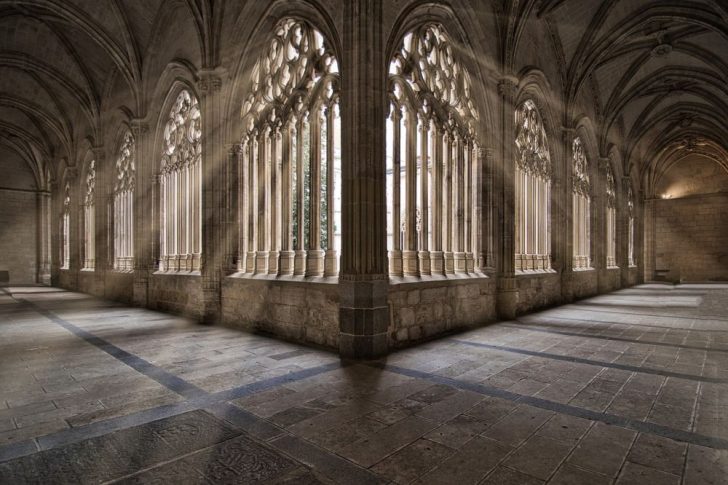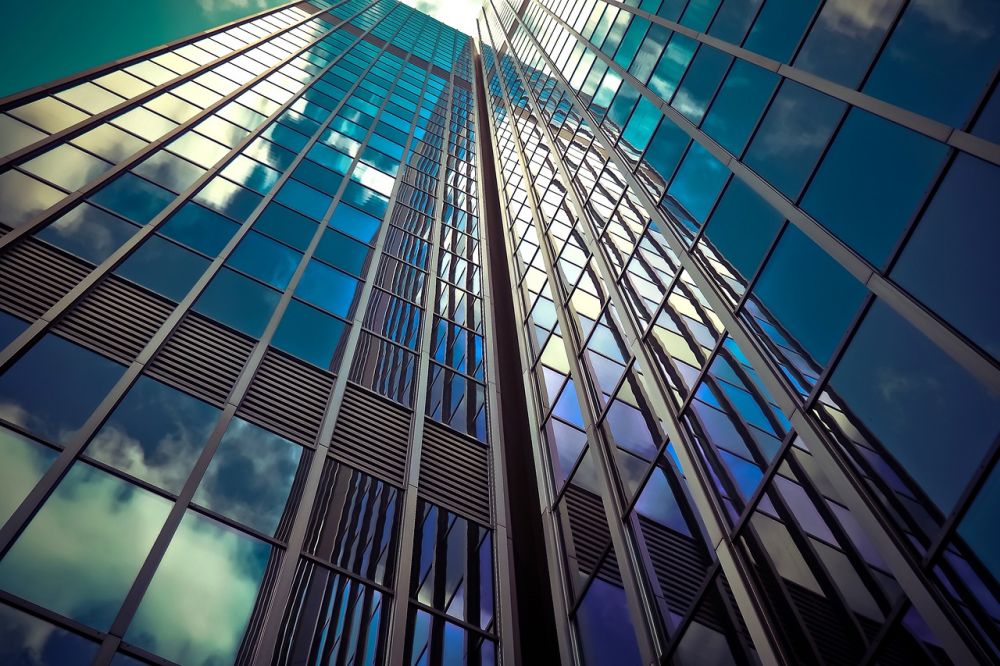Brutalist Architecture: A Comprehensive Overview

Introduction:
Brutalist architecture is a distinctive style known for its raw, exposed concrete structures that often elicit strong emotions and opinions. In this article, we will delve into the world of brutalism, exploring its origins, different types, popular examples, and the unique attributes that set it apart.
1. What is Brutalist Architecture?
Brutalist architecture emerged in the mid-20th century as a reaction against the sleekness and ornamentation of modernist architecture. It emphasizes functionality and honesty in materials, exposing their rawness instead of hiding them behind decorative facades. The name ”brutalism” is derived from the French term ”béton brut,” meaning raw concrete, which is the signature material used in this architectural style.
2. Types of Brutalist Architecture:

Brutalist architecture encompasses a wide range of building types, from residential complexes and government buildings to cultural institutions and educational facilities. Some popular types include:
– Residential Brutalism: Characterized by massive, angular structures with repetitive patterns and minimalistic design.
– Institutional Brutalism: Often seen in university campuses and cultural centers, featuring monumental concrete facades and grand entrances.
– Civic Brutalism: Includes government buildings and administrative centers, designed to project power and stability through their imposing and solid appearance.
3. Quantitative Measurements in Brutalist Architecture:
One of the defining features of brutalism is the use of geometric forms and proportions. Architects often employ specific ratios, such as the golden ratio, to create visually pleasing compositions. Additionally, the scale and size of brutalist structures are often grand, prioritizing impressive, monumental forms that dominate the surrounding environment.
4. Distinguishing Characteristics:
While brutalist architecture shares common traits, there are variations that make each structure unique. The use of different textures, patterns, and surface treatments can significantly impact the overall aesthetic. Additionally, architects may incorporate elements of other architectural styles, resulting in hybrid designs that blur the boundaries between brutalism and other movements, such as postmodernism or neoclassicism.
5. Historical Overview of Pros and Cons:
Like any architectural style, brutalism has its critics and admirers. Some advantages of brutalist architecture include its robustness, durability, and potential for adaptive reuse. Brutalist structures often have a long lifespan and can be repurposed for various functions. On the other hand, critics argue that brutalist buildings can appear imposing and lack warmth. Moreover, the extensive use of concrete can lead to maintenance challenges, and the perception of brutalism as unattractive has resulted in the demolition of several iconic structures.
Conclusion:
Brutalist architecture continues to capture the imagination and provoke debate among architects, designers, and the general public. Its raw aesthetic, functional design, and monumental presence make it a truly distinctive style within the field of architecture. Whether loved or loathed, brutalism’s impact on the urban landscape cannot be ignored.
[INSERT VIDEO HERE: A short documentary showcasing famous brutalist buildings and interviews with architects]
By providing a comprehensive overview of brutalism, including its origins, types, quantifiable aspects, distinctions, and historical analysis, this article aims to enlighten and engage readers, offering a deeper understanding of this unique architectural movement.
FAQ
What are the pros and cons of brutalist architecture?
What are the types of brutalist architecture?
What is brutalist architecture?
Fler nyheter
Körkortsfoto på Östermalm: En guide till perfekta ID-bilder
Introduction: Brutalist architecture is a distinctive style known for its raw, exposed concrete structures that often elicit strong emotions and opinions. In this article, we will delve into the world of brutalism, exploring its origins, different ty...
30 oktober 2025
Fotograf i Umeå: Fånga livets skönhet genom linsen
Introduction: Brutalist architecture is a distinctive style known for its raw, exposed concrete structures that often elicit strong emotions and opinions. In this article, we will delve into the world of brutalism, exploring its origins, different ty...
30 september 2025
Föreviga din kärlekshistoria med en bröllopsfotograf
Introduction: Brutalist architecture is a distinctive style known for its raw, exposed concrete structures that often elicit strong emotions and opinions. In this article, we will delve into the world of brutalism, exploring its origins, different ty...
02 augusti 2025
Passfoto Vällingby: en guide till snabbt och smidigt foto
Introduction: Brutalist architecture is a distinctive style known for its raw, exposed concrete structures that often elicit strong emotions and opinions. In this article, we will delve into the world of brutalism, exploring its origins, different ty...
03 februari 2025











